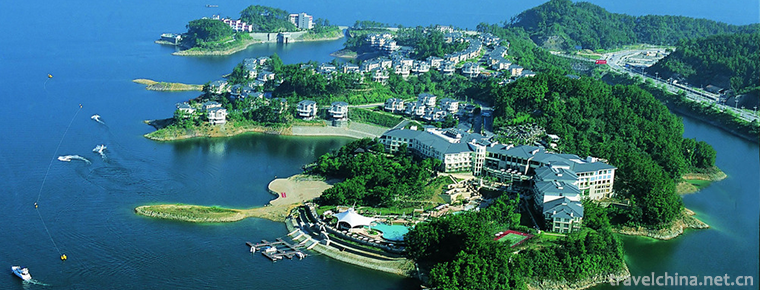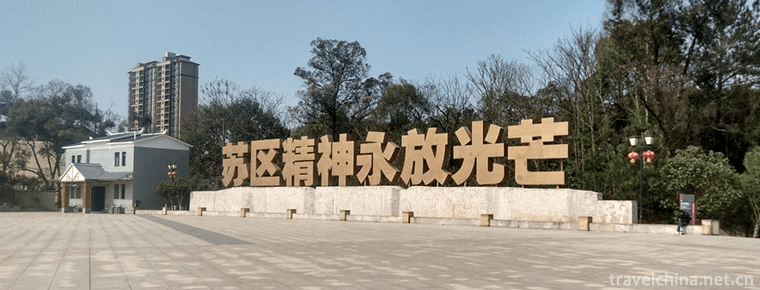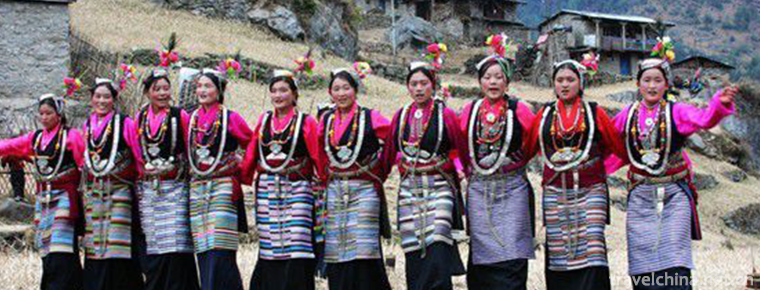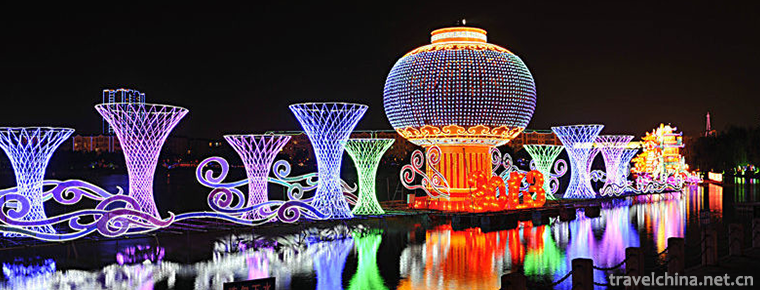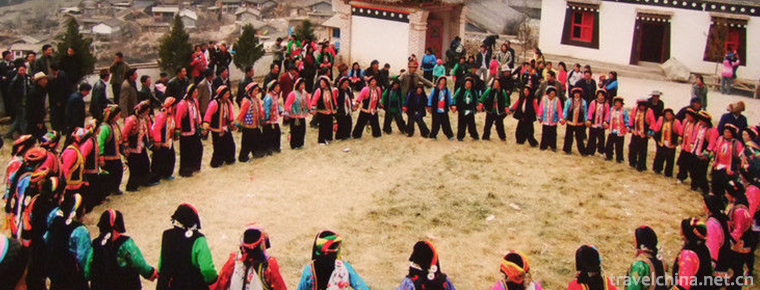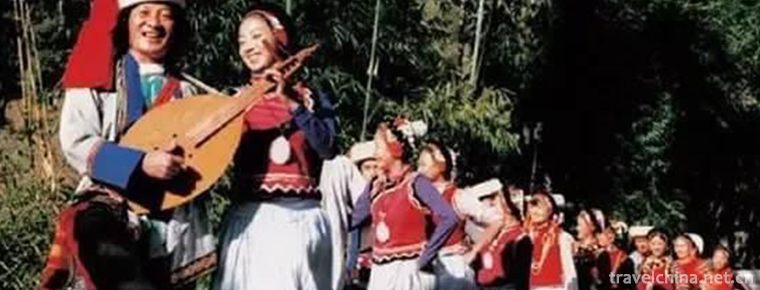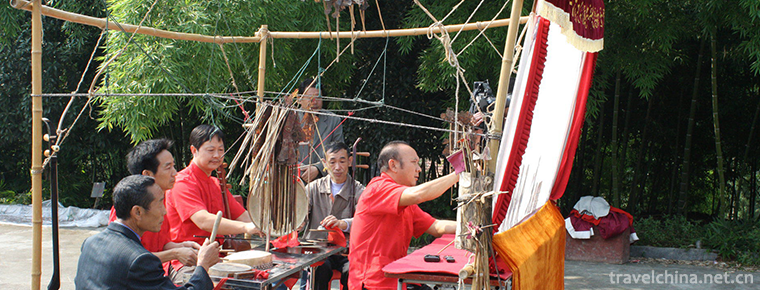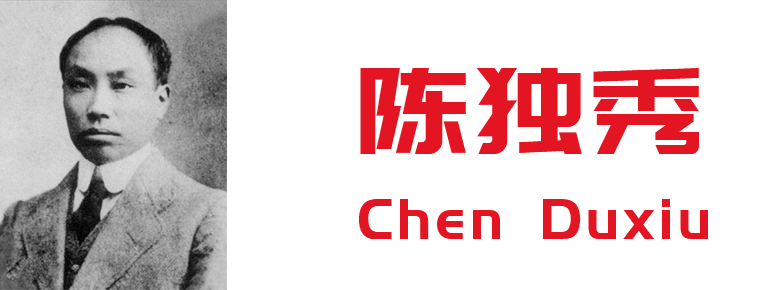Daur Folk Songs
Daur Folk Songs
Daur people mainly live in Inner Mongolia Autonomous Region and Heilongjiang Province, and a few live in Tacheng County, Xinjiang. Daur means "pioneer". Ethnic origin of Khitan. Daur people have their own language, but no written language; influenced by the Manchu culture of the Qing Dynasty, Manchu is commonly used, and then Chinese is widely used. Daur folk music has many forms, such as folk song, counterpart singing and dance lyrics. It is characterized by enthusiastic and unrestrained tone, euphemism, clear rhythm and rigorous rhythm.
On June 7, 2008, Daur folk songs were listed in the second batch of national intangible cultural heritage list with the approval of the State Council.
artistic characteristics
Folk songs, known as "Zasidale" by Daur people, are usually sung in the gap between field production and work or on the journey of driving cars. The lyrics are vivid and can be improvised. The melody is high, melodious and multi-tremolo. It has the unique style of Daur folk songs.
Counterpart singing is a popular song in Daur songs. It reflects the production and life of Daur people. It asks and answers questions. The tune is clear and cheerful. The singers can fill in words and answer each other extemporaneously.
Representative works
Folk song
Daur folk artists have adapted and processed folk songs such as "Sweetheart of the Heart", "Mountain Township", "Hypnotic Song" on the basis of their own folk songs, which can be regarded as excellent works of Daur folk songs today. For example, "Sweetheart" is not only beautiful in tune, but also touching in lyrics. The following are its first and last two paragraphs:
Time is like running water. Spring comes to my hometown again.
The vast wilderness, covered with green spring clothes,
The Nenjiang River is deep and long, but the boats have to sail long distances.
My darling, you are not on board.
Song and dance
Songs and dances are another part of Daur folk music. They are equipped with lyrics. The melody is beautiful and soothing. The lyrics are mostly about Daur people's family life, ethics, morality and love. It also shows scenery, sentiment and impromptu lyrics. At the beginning of the party, the dancers started slowly, singing and dancing. The following is a popular one:
Walk into the house and sing.
What I sing to my uncle is quail song.
Outside the door, singing.
When lonely, the song of the mandarin duck is the song of the Mandarin duck.
Daur folk songs mainly include Zandal, which is a folk song of folk song genre, usually sung in the forest, grazing or driving. The lyrics are not fixed, mostly touching scenes, impromptu chanting, and filled with function words such as "Naye Zao", with melodious tunes and more tremolo, which has the unique style of Daur folk songs.

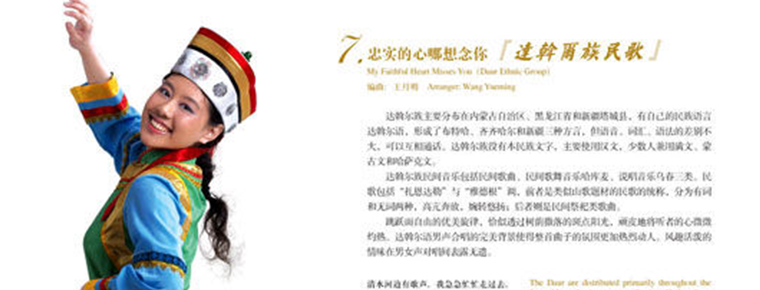
-
Thousand Islet Lake Qiandaohu Scenic Area
Qiandaohu Scenic Area, also known as Xin'anjiang Reservoir, is located in Chun'an County, Hangzhou City, Zhejiang Province..
Views: 190 Time 2018-12-07 -
PRC Cradle Scenic
Cradle Scenic Area of Ruijin Republic, National AAAAA Tourist Scenic Area, National Key Cultural Relics Protection Unit, National Patriotic Education Demonstration Base, National Red Tourism Classic S.
Views: 195 Time 2018-12-08 -
Mandarin Oriental Hotel Guangzhou
Wenhua Oriental Hotel is located in Tianhe District of Guangzhou, which belongs to Wenhua Oriental Hotel Group. It is a five-star hotel. The hotel has 233 rooms and 30 suites, and 24 hotel-style servi.
Views: 214 Time 2018-12-16 -
Chentang Sherpa Singing and Dancing
Chen Tang Sherpa Song and Dance is a traditional folk song and dance in the Sherpa community of Tibet. Accompanied by "Zhanlie" (Six Strings) and "Biwang" (Huqin)..
Views: 119 Time 2019-04-16 -
Exhibit of lanterns
The Lantern Festival is an ancient folk culture in China. It generally refers to the large-scale lighting exhibition held by the government around the Spring Festival and the Lantern Festival.
Views: 165 Time 2019-04-26 -
Duodi dances
Multi-place dance, Tibetan folk dance, is a unique way for Tibetan people to dance and sing. It mainly distributes in three areas of Zhouqu County, Gansu Province.
Views: 347 Time 2019-04-28 -
Nu Dabian Dance
"Dabian Dance" is one of the representative dances of the Nu nationality, which is spread in the Nujiang Lisu Autonomous Prefecture Fugong County Nu villages. Dabian dance is characterized b.
Views: 125 Time 2019-06-08 -
Qinghai Han Minority Folk Minor
Qinghai Han folk minor is one of the genres of Chinese folk songs. Generally speaking, it refers to folk songs and dances popular in town fairs. Through the spread of the past dynasties.
Views: 442 Time 2019-06-10 -
Chord cavity
Based on Pingli dialect in Ankang City, Shaanxi Province, there are 13 singing patterns, including 8 commonly used tunes, 18 suona tunes and 30 gongs and drums. Pingli string is a complete set of loca.
Views: 310 Time 2019-07-03 -
Chen Duxiu May Fourth leader
Chen Duxiu (October 9, 1879 -1942 May 27th), formerly known as "Qing Tong", the official name is "Sheng Sheng", "Zhong Fu", "Shi Shi". Anhui Huaining (now Anqin.
Views: 130 Time 2019-09-07 -
Chuanxindian earthquake site
Compared with Beichuan earthquake site, Yingxiu earthquake site and Hanwang town earthquake site, chuanxindian earthquake site in Shifang has unique advantages. It can fully reflect the great spirit of earthquake relief and has great protection and construction value..
Views: 101 Time 2020-11-05

